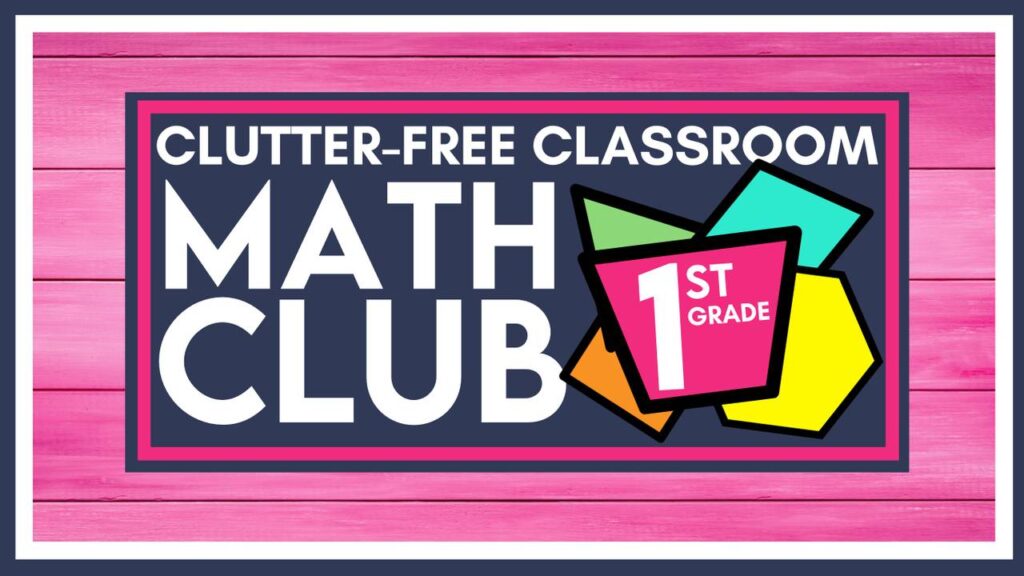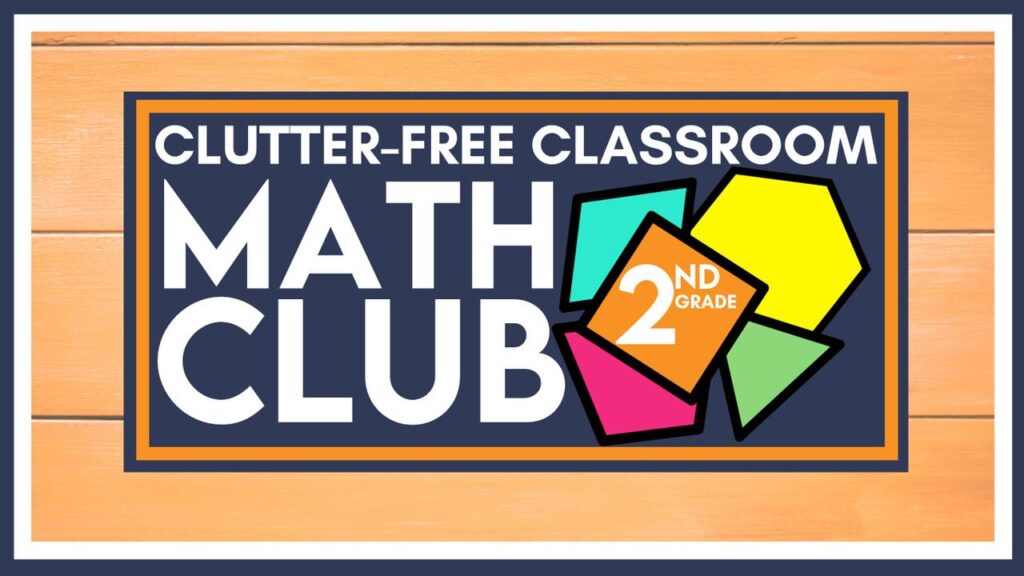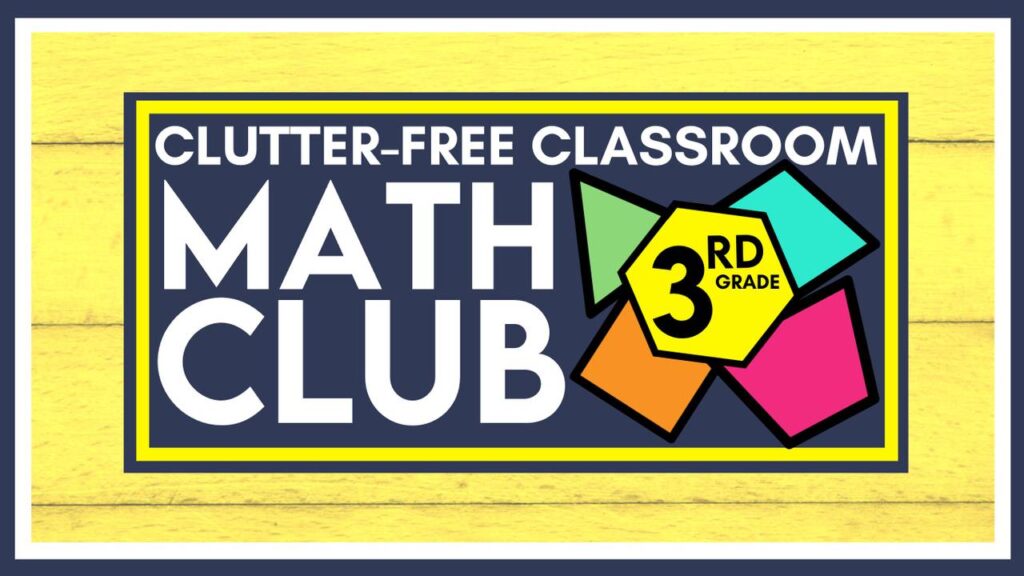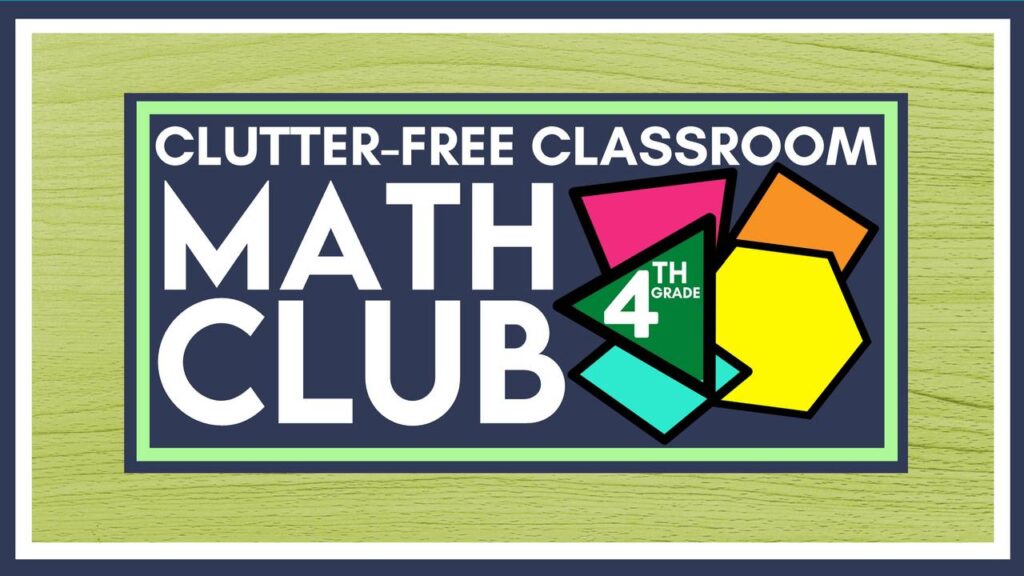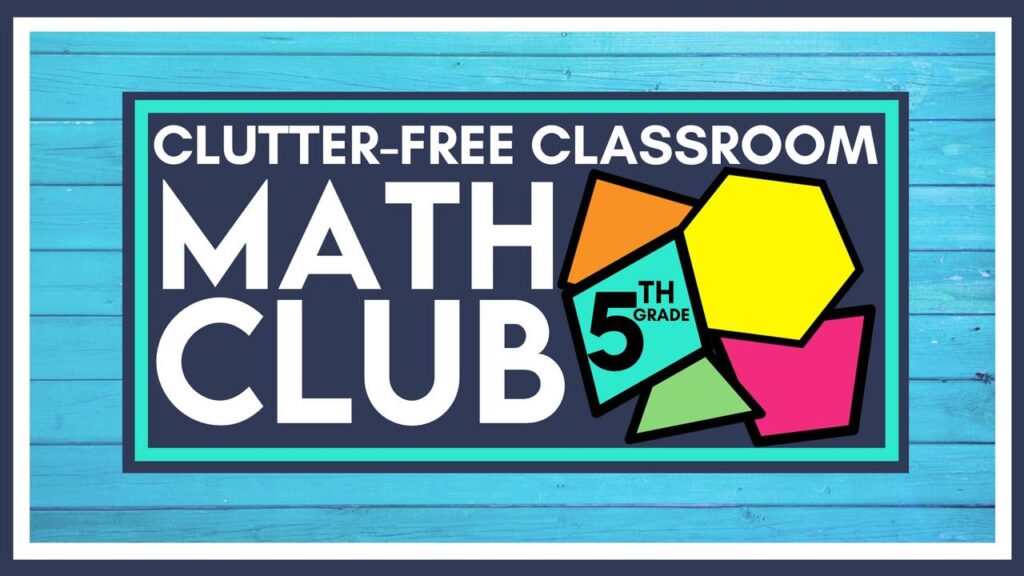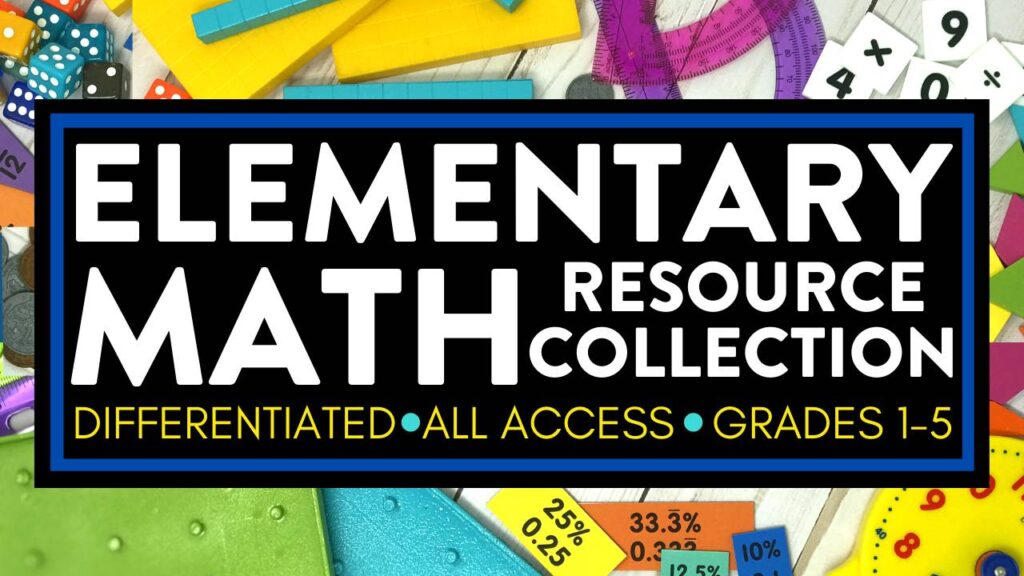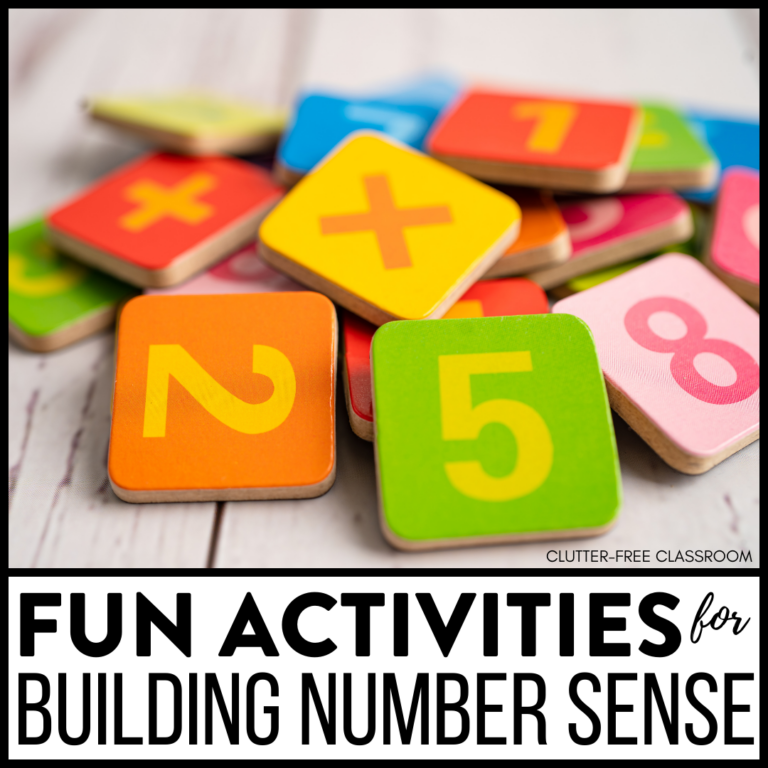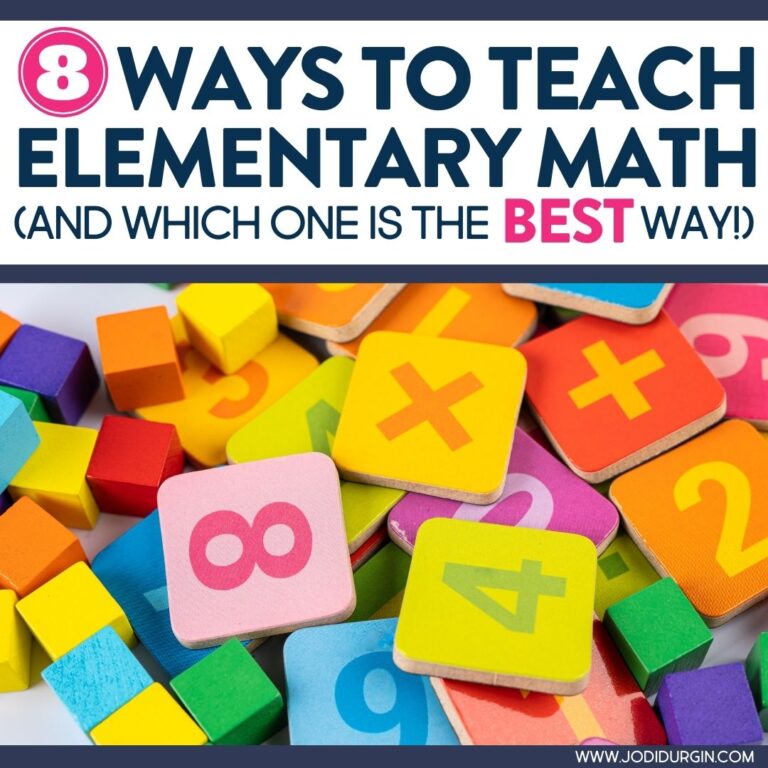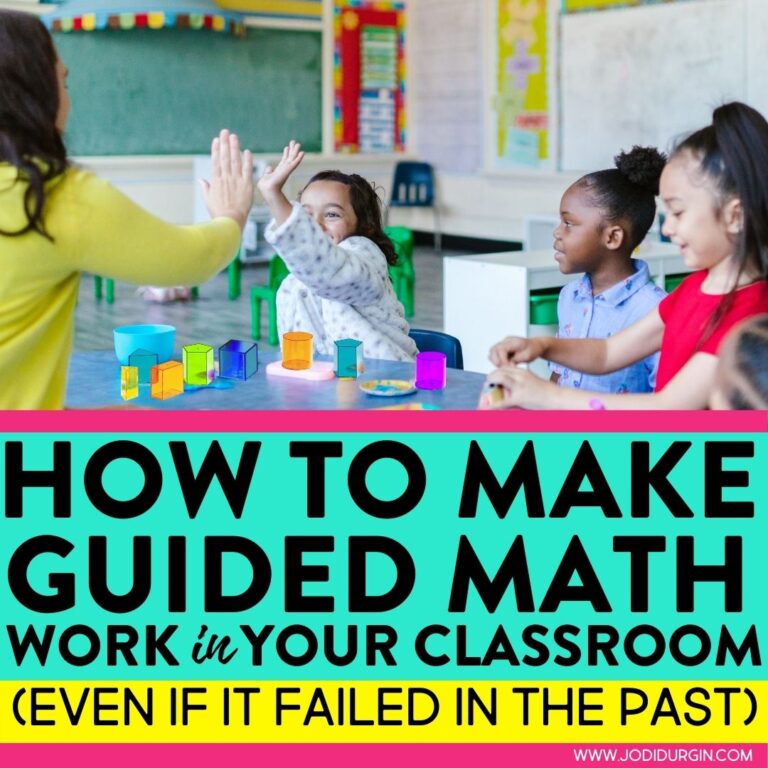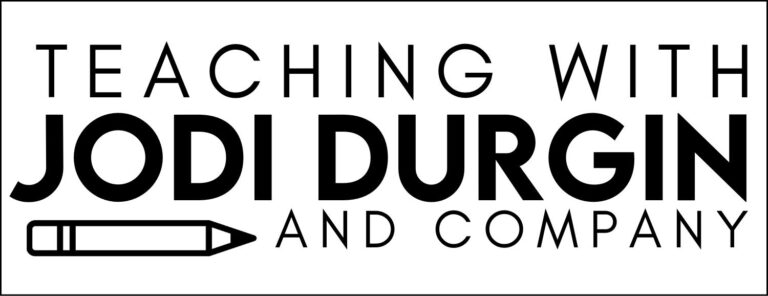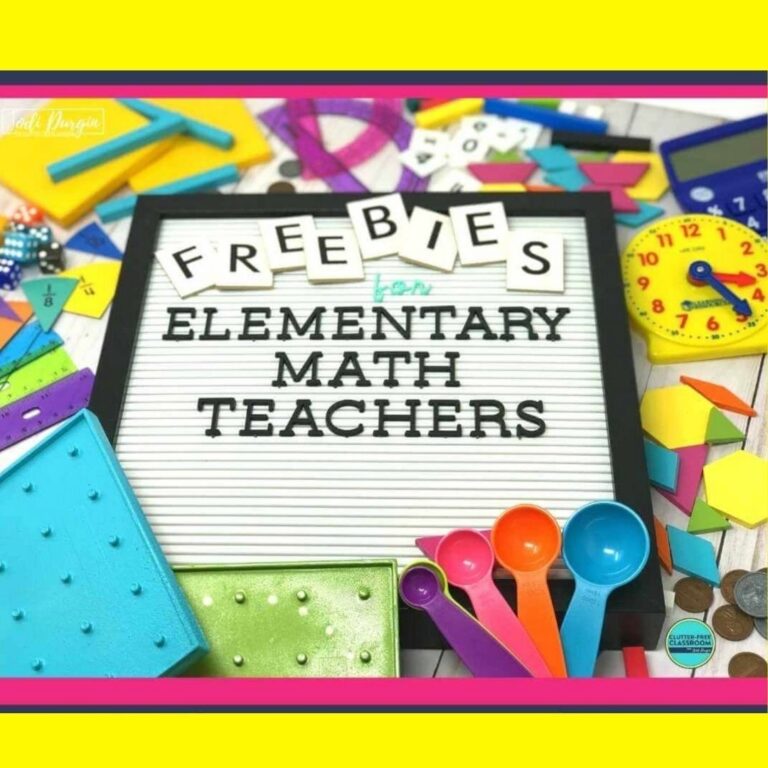If you are a 1st, 2nd, 3rd, 4th, or 5th grade teacher and you teach math, then you are in the right place! It doesn’t matter if teaching elementary math is your favorite or least favorite part of the school day. Additionally, it doesn’t matter if you are at the start of your teaching journey and feel like you have no idea how to teach kids math, a confident veteran teacher looking for new strategies to meet your students’ needs, or if you fall somewhere in between. This blog post offers tons of elementary math ideas, effective math teaching strategies, and other math teaching methods that will support you with how to teach elementary math in your classroom.
Teaching elementary math can become one of your favorite parts of your job with the help of my Guided Math Workshop Course (coming soon) and Grades 1-5 Math Resources. The course walks you step-by-step through how to set up your classroom for math instruction and how to successfully launch Guided Math Workshop. The resource collections include tons of printable and digital resources that will prevent you from having to scour Teachers Pay Teachers for a quick center game or activity for your students. This resource ensures you have everything at your fingertips. These two resources (course and resource collection) and this blog post about elementary math best practices will offer you the information and resources you need to make teaching elementary math stress-free and fun! Ultimately, you’ll feel successful and confident about how to teach math!
This blog post will answer:
- What are the best practices for teaching elementary math?
- How can I get free resources for my elementary classroom?
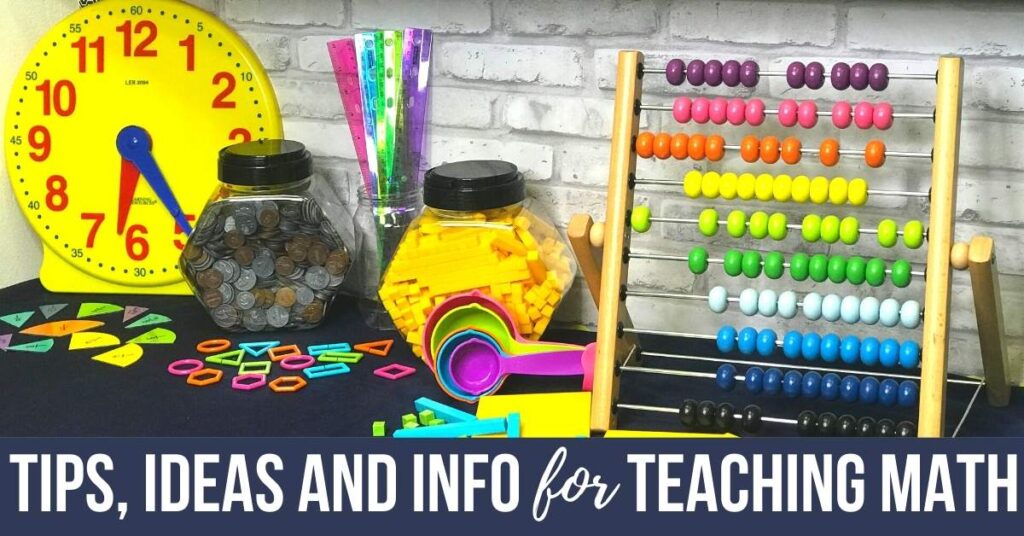
15 Best Practices for Teaching Elementary Math
Below are 15 best practices for teaching elementary math:
1. Follow a Coherent Standards-Based Curriculum.
Whether you use the Texas Essential Knowledge and Skills (TEKS), Common Core State Standards (CCSS), a state level variation of the CCSS, or another set of defined state or district standards, it’s important that your instruction is based on standards. These educational standards follow a vertical alignment curriculum, so that your students build on their learning year after year. This coherent math education leads to successful and confident math students.
2. Create an Ideal Learning Environment.
When setting up your classroom in August or September, it’s important to make sure you have a balanced classroom. Specifically, you not only need to have a literacy-rich environment, but also a numeracy rich environment. Oftentimes, these two content areas are not equally represented. Avoid this by treating your classroom as a toolbox for you and your students. Specifically, post items like word walls, anchor charts, and reference charts for both content areas.
3. Use a Guided Math Workshop Framework.
Guided Math Workshop is a daily math block structure that includes three main components: Lesson opener, math centers, and closing. Learn how to launch Math Workshop and how to use the math center rotation board. I share my proven system in my Guided Math Workshop Guide and Guided Math Workshop course (coming soon).
4. Utilize Data-Driven Instruction.
When planning your instruction and making decisions about pacing, refer to your summative and formative assessments (e.g. math exit tickets) for information about how your students’ level of understanding and what interventions are needed.
5. Implement Hands-On Learning Experiences.
Hands on math experiences help students make connections, remember their learning, and develop a deep conceptual understanding of the content. You can create hands-on lessons using math sorting activities. Additionally, you can make any lesson interactive and engaging by offering math manipulatives (grab these free math manipulatives!), math supplies, or math tool kits.
6. Embed Opportunities for Spiral Review.
You can include spiral review math activities during your morning routine, calendar time, daily math centers, and homework. It’s an effective way to reinforce and maintain learning. It’s also great for preventing having to spend weeks on standardized test prep.
7. Prioritize Fluency over Automaticity.
Math fact fluency is more important than math fact automaticity. Instead of having students only focus on quickly reciting their basic math facts, prioritize the use of strategies (e.g. doubles + 1).
8. Celebrate Strategies Rather than Correct Outcomes.
Don’t get me wrong, our ultimate goal is for students to get the correct answer to a given problem. During the learning process, however, the goal is for students to learn and use lots of different strategies. Students do this when they see that we (their teacher) prioritize this. We can do this in many different ways.
One way to do this is by circulating around the room and discussing with students what strategies they are using while they are problem solving during a whole group lesson. When they are done, give them time to talk about what strategy they chose and why with a partner. In addition, pull the group together and call on students to share how they solved the problem rather than just reciting their answer. Strategy instruction is very important. Learn how to teach word problem strategies (and check out this other post on the limitations of one of the most popular word problem strategies).
9. Provide opportunities for Real World Application.
Learning becomes more meaningful through Project Based Learning opportunities. It’s essential for students to understand why what they are learning is important and how it connects to everyday life. This increases student engagement and gets kids invested in their learning.
10. Explicitly Teach Math Vocabulary.
Teaching elementary math vocabulary is not only essential for students who speak English as a second language and students with learning differences, but for all students. A great way to do this is through number talks.
11. Encourage Parent Involvement.
Parent participation in math is essential because it impacts students’ attitude toward math, proficiency levels this school year, and future success in their math education. Be sure to keep communication open with families and share ways they can support their children in their math learning.
12. Integrate Content Areas.
Integration is a component of best practice instruction in the education world. Two easy ways to integrate literacy into your math block are through math read alouds and math writing journals. You can integrate social studies and science concepts into math as well through Project Based Learning.
13. Support All Students in Reaching their Highest Potential.
In a twenty-first century classroom, you will likely have students with IEPs and 504 plans and students who are performing below grade level, at grade level, and above grade level. Our responsibility is to help all of the students in the class make progress. Our focus cannot be dedicated to one population. Simultaneously, we must provide math accommodations to those who need them as well as challenges for students who are ready for them (like these logic puzzles for kids). A great way to naturally differentiate instruction and activities to meet all of your students’ needs is through open ended questions.
14. Help Students Develop Number Sense.
Number sense is the key to math success! It is how students conceptualize and manipulate numbers using both mental math and written expression. Students with a strong number sense understand the relationships between numbers, the ascending and descending value system in order, and why basic arithmetic works. It is important because it gives children the confidence to tackle more complex problems and allows them to flexibly work with numbers. A great way to support students in developing number sense is through number of the day activities.
15. Make Learning Fun.
Some of the best ways to make learning fun is through math games, websites, apps, digital resources, and collaborative learning. All of these activities will increase student engagement and make math time your students’ favorite time of the day.
Math Resources for 1st-5th Grade Teachers
If you need printable and digital math resources for your classroom, then check out my time and money-saving math collections below!
Try a Collection of our Math Resources for Free!
In closing, we hope this information about the best practices for teaching elementary math is helpful! Next, we would love for you to try these math resources with your students. They offer elementary students opportunities to practice grade level concepts and skills in fun and engaging ways. You can download worksheets specific to your grade level (along with lots of other math freebies) in our free printable math resources bundle using this link: free printable math activities for elementary teachers.
Check out these other math resources!

